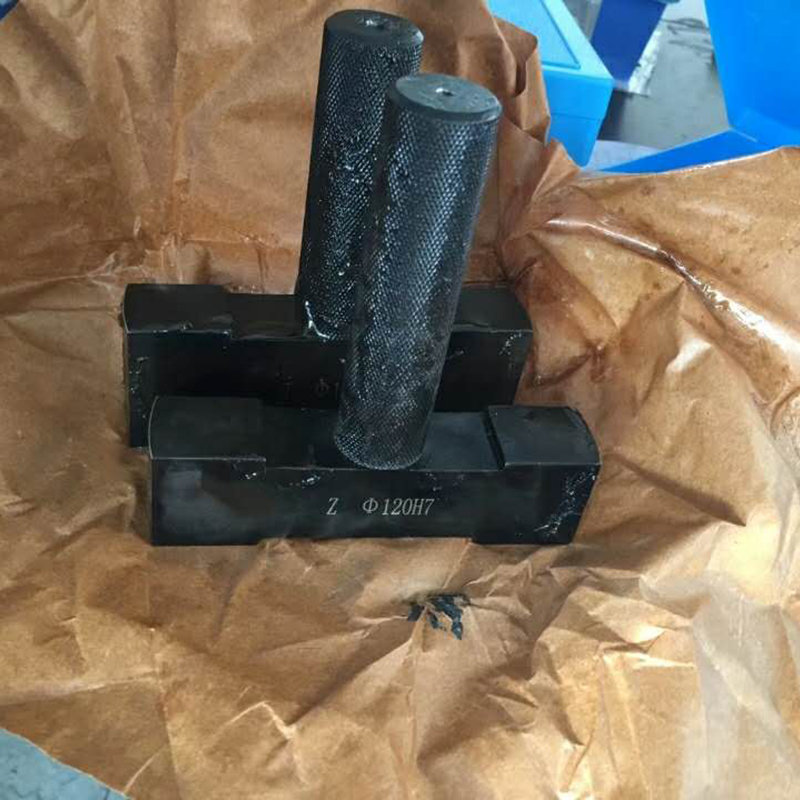Aug . 19, 2024 14:25 Back to list
Inspection and Maintenance of Water Main Check Valves for Optimal Functionality
Understanding Water Main Check Valves Importance and Functionality
Water main check valves are essential components of municipal water supply systems and are pivotal in ensuring the efficiency and safety of water distribution. These devices are designed to prevent backflow in pipelines, thereby protecting clean drinking water from contamination. This article delves into the significance, functionality, and maintenance of water main check valves.
What is a Check Valve?
A check valve, also known as a non-return valve or one-way valve, is a mechanical device that allows fluid to flow in only one direction. In the context of water mains, these valves are installed within the pipeline to prevent the reverse flow of water. This is particularly crucial in city water systems where the potential for backflow can not only deplete water pressure but also introduce contaminants into the clean water supply.
The Importance of Check Valves in Water Systems
1. Preventing Contamination The primary function of check valves is to safeguard the water supply from pollutants. Backflow can occur due to sudden pressure changes or when there is a drop in water supply pressure. This can lead to dirty water entering the system, posing serious health risks. Check valves effectively mitigate this danger by closing automatically when reverse flow is detected.
2. Maintaining Pressure Water systems experience fluctuations in pressure for various reasons, including usage peaks or equipment malfunctions. Check valves help maintain consistent pressure within the system, ensuring that water can reach consumers effectively and without interruption.
3. Protecting Infrastructure By preventing backflow, check valves also protect the integrity of the entire water supply system. They reduce the risk of damage to pumps and other equipment caused by reverse flow, ultimately extending the lifespan of these critical components.
Types of Check Valves
There are several types of check valves employed in water main systems, each suited for different applications
- Swing Check Valves These valves use a hinged disc that swings away from the valve seat during forward flow. They are commonly used in large diameter pipes and provide a straightforward backflow prevention mechanism.
water main check valve

- Lift Check Valves These feature a movable disc that rises with the flow of water and falls back to seat against a disc when backflow occurs. They are typically found in smaller pipelines and are effective for varying flow rates.
- Ball Check Valves These work using a ball that sits in the valve seat and moves up and down according to the flow direction. They are known for their low-pressure drop and are suitable for various applications, including residential systems.
Maintenance of Check Valves
Regular maintenance of check valves is crucial to ensure their longevity and reliability. Here are some maintenance practices
1. Routine Inspections Inspect check valves periodically to check for signs of wear and tear, corrosion, or debris that could impede functionality.
2. Testing for Backflow Conduct tests to ensure that check valves are effectively preventing backflow. This can involve monitoring for pressure changes that could indicate issues.
3. Cleaning and Repairs If any obstruction is found, the valve should be cleaned carefully to remove debris. Additionally, any damaged parts should be repaired or replaced promptly.
4. Professional Consultations Engaging professionals for thorough inspections and maintenance plans can help in identifying potential issues before they escalate.
Conclusion
Water main check valves play a critical role in safeguarding our water supply from contamination and ensuring the functionality of distribution systems. By understanding their importance, types, and maintenance needs, municipalities can enhance the effectiveness of their water supply systems, ensuring that communities have access to safe and reliable water. Proper implementation and care of check valves are not just good practice—they are fundamental to public health and environmental safety.
-
thread-plug-gauge-our-promise-of-measurement-excellenceNewsAug.22,2025
-
gauge-pin-class-reflecting-quality-legacyNewsAug.22,2025
-
check-valve-types-for-high-rise-buildingsNewsAug.22,2025
-
water-control-valve-for-irrigation-systemsNewsAug.22,2025
-
gate-valve-with-soft-seal-technologyNewsAug.22,2025
-
y-type-strainer-for-oil-and-gas-applicationsNewsAug.22,2025
Related PRODUCTS









